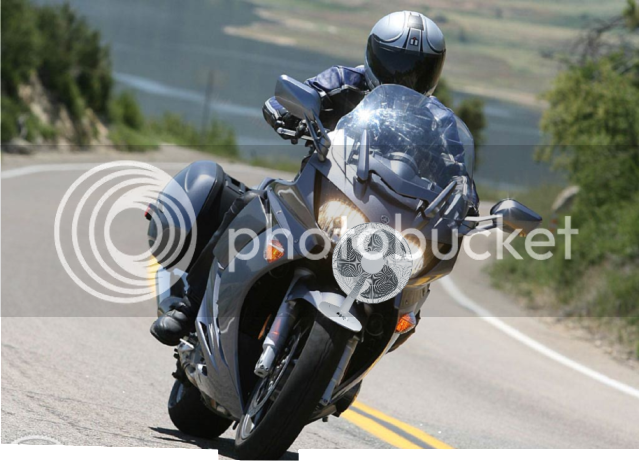garyahouse
newbs need the forum
I did. Edit completed and corrections made. My bad. I did an interesting read about the wall of air that fights back when speeds near 200. Fascinating how much MORE power it takes to break 200 than it does to break say, 150.?
I think you confused me with someone else.
Gary
darksider #44

































